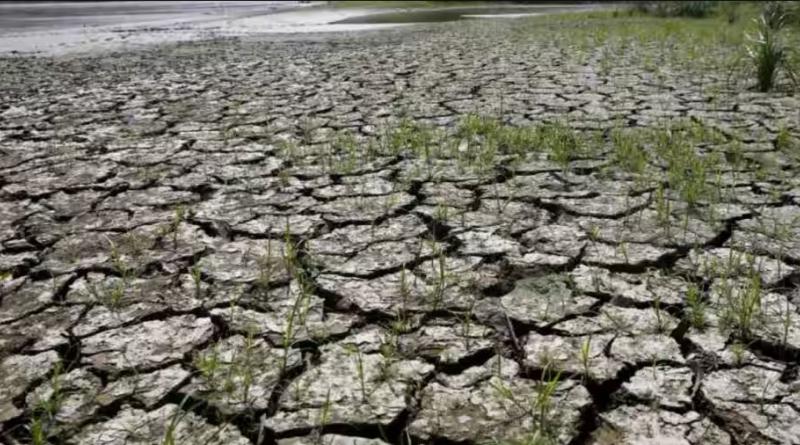Next ‘supercontinent’ formation could wipe out humans: Study

The formation of the next “supercontinent” on Earth could wipe out most mammals, including humans and cause our planet, as we know it, to become uninhabitable. But there are still around 250 million years left for this to possibly happen, according to a study published in Nature Geoscience on Monday (September 25).
First-ever supercomputer climate model
A study led by researchers from the University of Bristol, in England, suggests that the shifting of continents may spell doom for mammals that have lived on Earth for more than 330 million years and are often known for being the world’s great evolutionary success story since the death of dinosaurs.
The research also was the first-ever attempt to model how extreme the climate might become during the formation of the next supercontinent – Pangea Ultima, which is expected to form when all the current continents merge together in the distant future.
It is believed that mass extinction would be caused primarily due to heat stress, and while mammals have had the ability to adapt to it in the past, we might be too slow this time around.
The recent model predicts that Earth’s greenhouse gas effect could reach a tipping point during the formation of the Pangea Ultima which is supposed to happen in the next 250 million years or so, rendering most of the planet “uninhabitable to mammalian life”.
The heat stress would also be marked by greater volcanic activity which would pump twice as much carbon dioxide into the atmosphere and as the sun gets older it would emit more radiation.
“The formation and decay of Pangea Ultima will limit and…ultimately end terrestrial mammalian habitability on Earth by exceeding their warm thermal tolerances, billions of years earlier than previously hypothesized,” said the researchers.
What would happen?
There is very little known about what happens to Earth’s climate when its continents get smooshed together to form one big landmass which our planet has experienced on more than a few occasions.
The last one, Pangea, which happened around 310 million years ago and researchers know most about, served as a case study for this paper.
During the so-called Pangea Ultima era, the temperature is expected to be as high as 15 degrees Celsius above pre-industrial levels and up to 30 degrees Celsius on land.
The Sun would emit around 2.5 per cent more radiation while the supercontinent would drastically alter the global climate system and possibly dry out large swathes of land which, in turn, would trap more carbon dioxide in the atmosphere.
The study also predicts the worst-case scenario where Pangea Ultima could result in a warm month mean temperature of 46.5 degrees Celsius. This period, marked by high temperatures, would also lead to severe food supply problems due to the collapse of vegetation.
The paper also notes that most plants become stressed at temperatures over 40 degrees Celsius and break down completely if exposed to 60 degrees Celsius for prolonged periods.
“The Earth has a very changeable environment. Humans are very lucky with what we have now and we should not be pushing our own climate beyond the cooler climate that we evolved through,” said the paper’s lead author, Alexander Farnsworth, from the University of Bristol, as quoted by the Guardian.
He added, “We are the dominant species but Earth and its climate decide how long that lasts.”
Photograph:(Reuters) - It is believed that mass extinction would be caused primarily due to heat stress, and while mammals have had the ability to adapt to it in the past, we might be too slow this time around.





